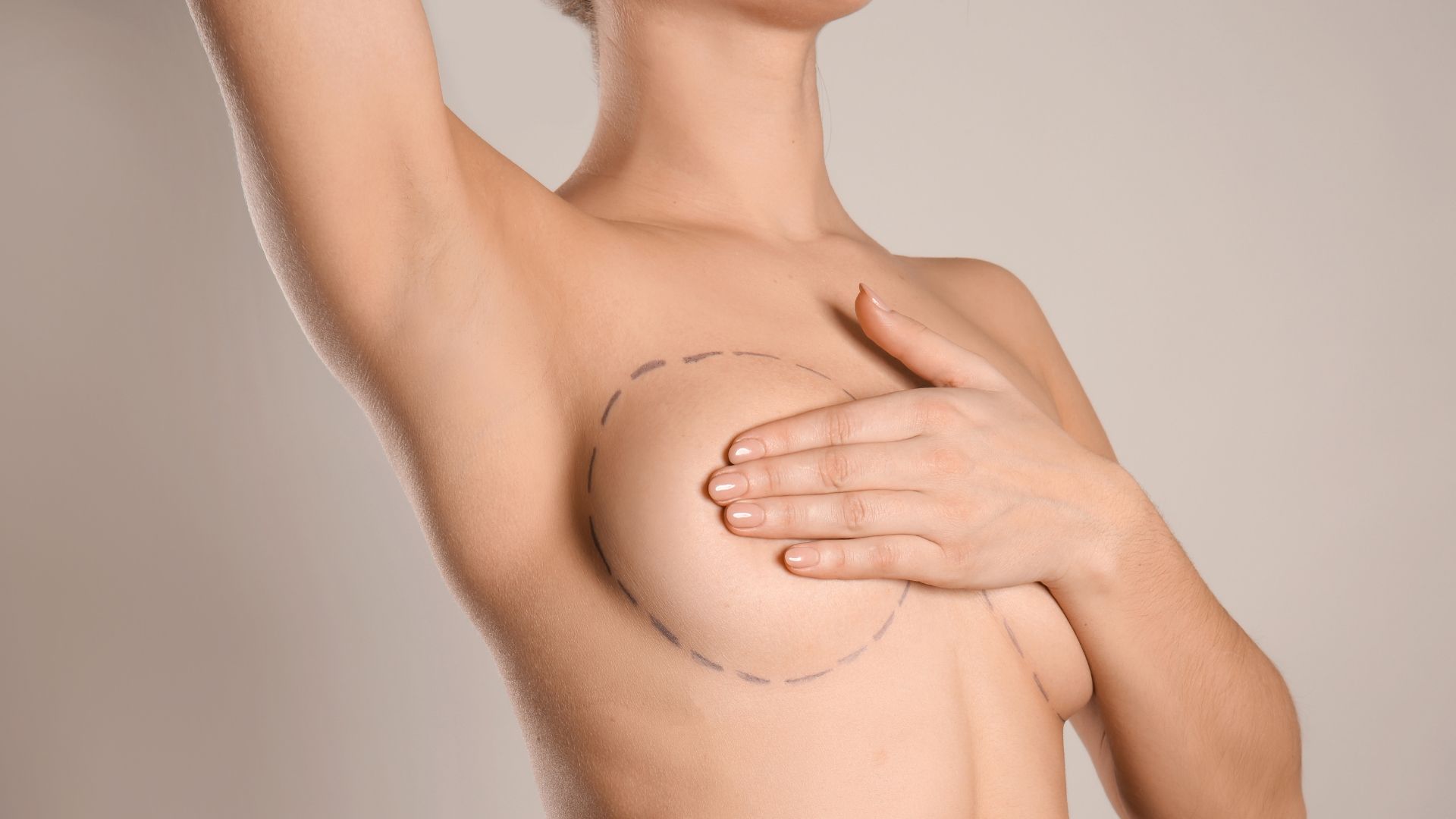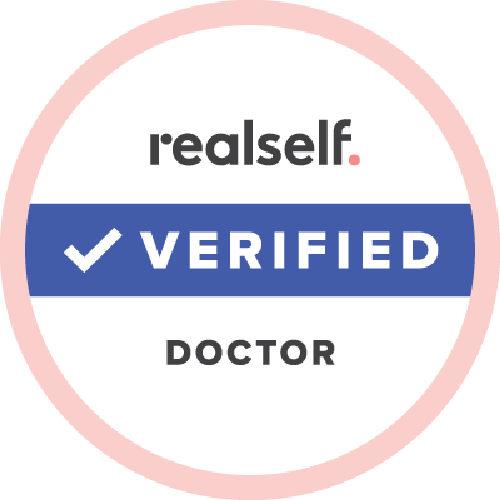Frequently Asked Questions About Breast Augmentation
Considering breast augmentation is a significant decision that involves many important questions. Whether you're curious about the procedure itself, recovery process, or long-term results, understanding the answers to common FAQs can help you make an informed choice and feel more confident in your journey toward enhancing your appearance. In this blog, we will address some of the most frequently asked questions about breast augmentation, providing clear and comprehensive insights to guide you through every step of the process.
Here are the answers to some of the most frequently asked questions about breast augmentation:
1. When can I sleep on my side after breast augmentation?
Immediately. It's important to avoid sleeping on your tummy or face down for at least the first 2-4 weeks after breast augmentation surgery. This is to ensure that the breast implants stay in the proper position and that the incisions heal properly. After the first few weeks, you can gradually begin to sleep on your side again, but be sure to use pillows for support and avoid putting too much pressure on your breasts.
2. How long after breast augmentation can I drive?
Most patients are able to resume driving 1-2 weeks after breast augmentation surgery, depending on their level of comfort and mobility. However, it's important to avoid driving until you are no longer taking prescription pain medication and feel comfortable and in control behind the wheel.
3. How to relax chest muscles after breast augmentation?
If your implants were placed beneath the pectoral muscle, to help relax your chest muscles after breast augmentation surgery, you can perform gentle stretching exercises and take pain medication as prescribed by your surgeon. It's also important to avoid any strenuous physical activity for at least the first 4-6 weeks after surgery, as this can strain the chest muscles and delay the healing process.
4. 4 weeks post breast augmentation - what to expect?
At 4 weeks post breast augmentation, you can expect to see most of the swelling and bruising to be resolved. You may also experience some discomfort or tightness in the chest area, but this should also improve with time. It's important to continue following your surgeon's instructions for post-operative care and attend all scheduled follow-up appointments to monitor your progress.
5. How long after breast augmentation can they be touched?
While it's important to avoid any strenuous physical activity or pressure on the breasts for at least the first 4 weeks after surgery, you can typically touch and handle the breasts gently within a few days after surgery. However, it's important to avoid putting too much pressure on the breasts or touching the incision sites until they are fully healed.
6. How long after breast augmentation can I work out?
Most patients can resume walking immediately after breast augmentation surgery, but it's important to avoid any strenuous physical activity or heavy lifting for at least 4 weeks after surgery. Your surgeon will provide specific instructions on when and how to resume exercise and physical activity based on your individual recovery process.
7. What to wear after breast augmentation?
After breast augmentation surgery, it's important to wear loose, comfortable clothing that does not put pressure on the breasts or incision sites. Your surgeon may also recommend wearing a supportive, non-underwire sports bra or compression garment to help reduce swelling and provide support during the healing process.
8. When can I sleep without a bra after breast augmentation?
Most surgeons recommend wearing a supportive, non-underwire sports bra or compression garment for at least the first 4-6 weeks after breast augmentation surgery, even while sleeping. After this time period, you can gradually transition to sleeping without a bra as your breasts heal and the swelling subsides.
9. How tight should my sports bra be after breast augmentation?
Your sports bra should be comfortably supportive, but not so tight that it puts excessive pressure on the breasts or incision sites. Your surgeon will provide specific instructions on the type and fit of sports bra to wear based on your individual recovery process.
10. How long do incisions hurt after breast augmentation?
It's normal to experience some discomfort, tightness, or soreness around the incision sites for the first few weeks after breast augmentation surgery. However, this should gradually improve over time and most patients find that any discomfort or pain subsides within the first 4 weeks after surgery. Your surgeon may prescribe pain medication or recommend over-the-counter pain relievers to help manage any discomfort during the healing process.
11. How long should I take off work after breast augmentation?
The amount of time you need to take off work after breast augmentation surgery will depend on the nature of your job and your individual recovery process. Most patients are able to return to work within 1-2 weeks for sedentary jobs, while those with more physically demanding jobs may need to take 3-4 weeks off. Your surgeon will provide specific recommendations based on your individual circumstances and job requirements.
12. When can I remove bandages after breast augmentation?
Your surgeon will provide specific instructions on when to remove any bandages or dressings after breast augmentation surgery. In most cases, there are no bandages except surgical tape over the incisions with which you can shower normally and get wet, and which may be removed by two weeks. It's important to follow your surgeon's instructions carefully to ensure proper healing and minimize the risk of complications.
For more information visit
www.drkalus.com or reach out to Dr. Ram Kalus at 843-972-3122, or send an email to info@drkalus.com





